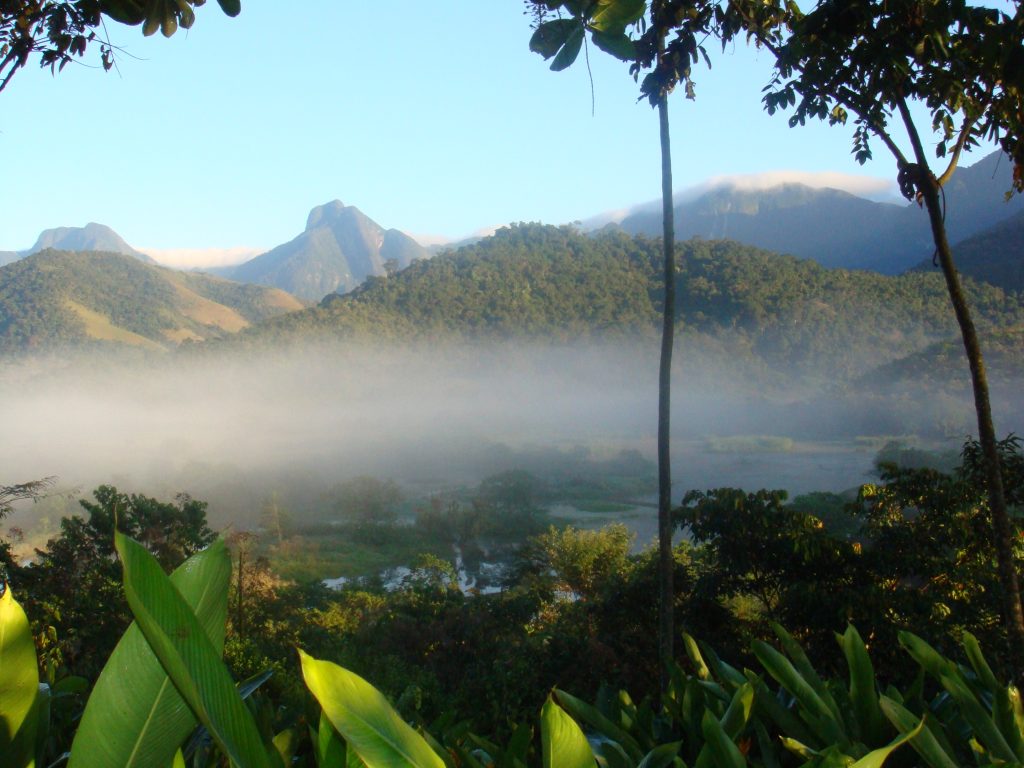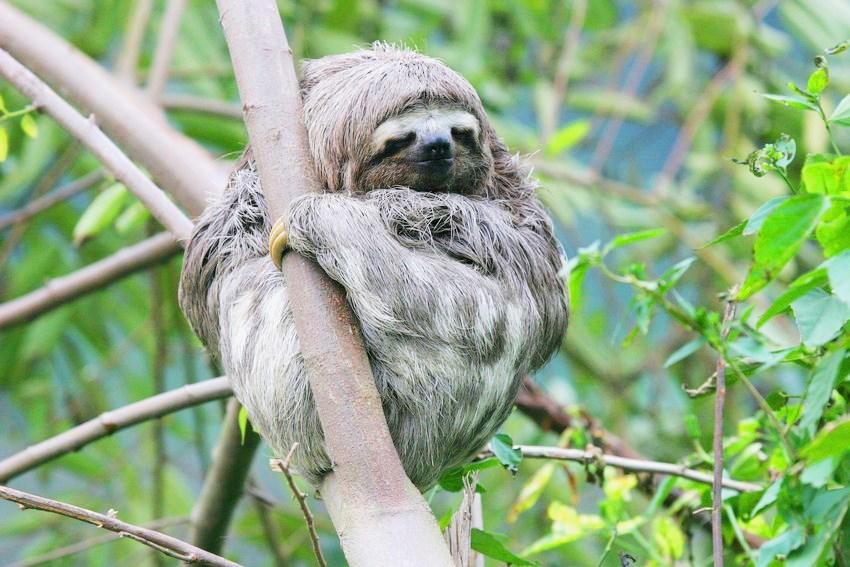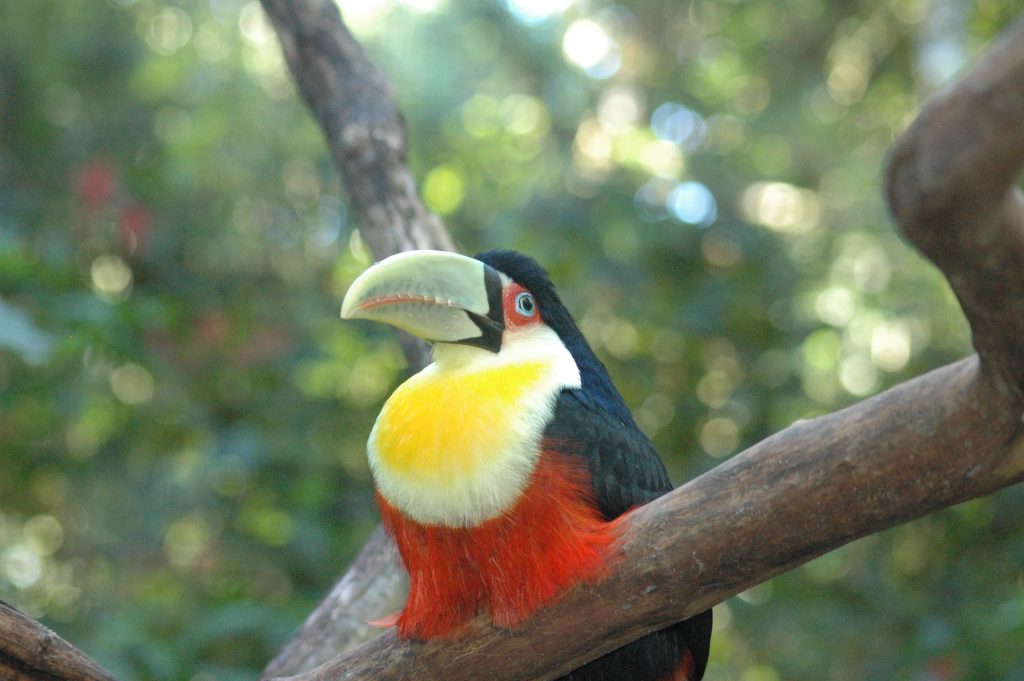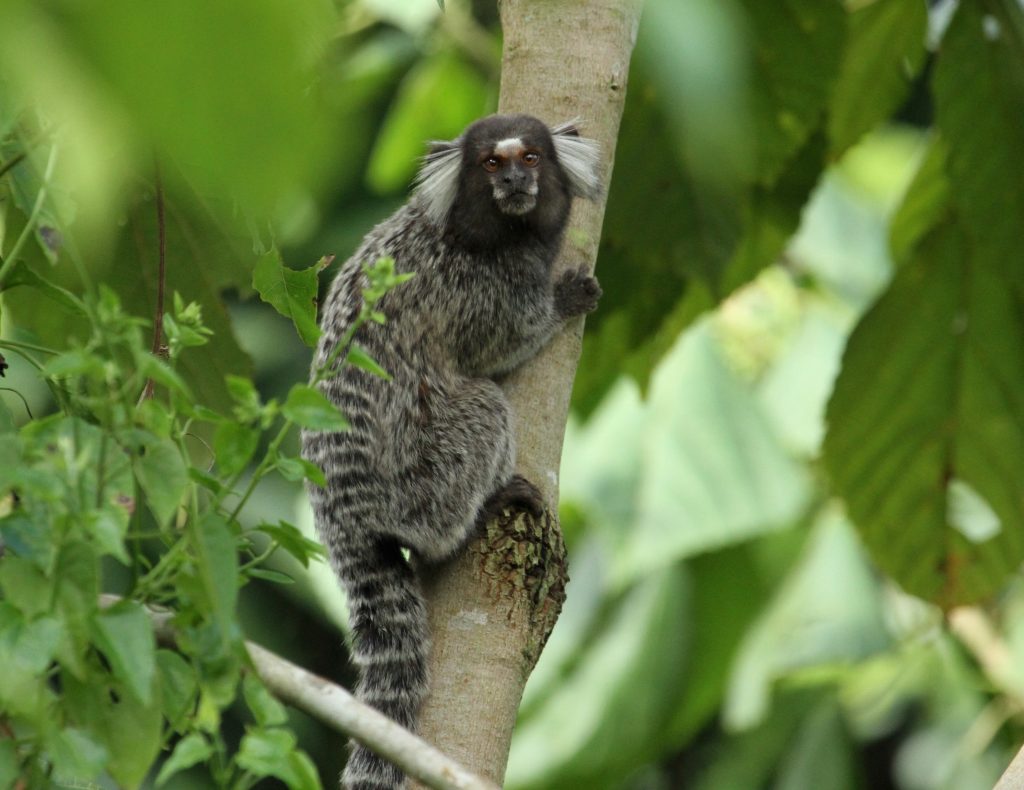News
World Land Trust: Atlantic Forest Profile
Flexiteek and World Land Trust’s partnership is well documented. Since 2020, Flexiteek has funded the planting and nurturing of more than 33000 trees through WLT’s Plant a Tree programme. This blog series will explore where these trees are planted and why these areas are so significant to protect. In this update, we would like to highlight the hard work undergone in the Atlantic Forest location.

OVERVIEW
The Atlantic Forest is a South American forest covering the Brazilian Atlantic coastline and stretching into Argentina and Paraguay. It covers 200,205 km². That is almost the same land area as Norway! The forest and surrounding areas are home to 70% of Brazil’s total population, as well as many endangered animals and tree species, many of which are endemic, meaning they only live in this forest. The Atlantic Forest, often referred to as a ‘biodiversity hotspot’, supports healthy environments, humans, and economies. This extensive area is so vital to all creatures great and small, hence why it became the first location selected for World Land Trust’s Plant a Tree programme.
THREATS
The Atlantic Forest is often considered one of the most threatened forest regions in the world, after centuries of destruction, only 7% of the original forest remains. Even though it has been declared a protected area, entire pastures are still cleared for illegal logging operations, cattle grazing, urbanisation, industrialisation, and poaching, each with additional negative implications; for example, cattle grazing impacts water quality and causes soil erosion, which results in it being harder for trees to grow and thrive.
ORGANSISATIONS AND SUPPORT
Deforestation and degradation can have catastrophic effects on the wider environment and the wildlife within it. Since 2006 World Land Trust (WLT) have worked with local Brazilian partners, Reserva Ecológica de Guapiacu (REGUA), to reforest key areas of lost forest. Over this time, they have planted over 634,000 trees from 180 native species. These trees have helped reconnect fragmented forest pockets. This is achieved by monitoring saplings in a nursery environment until they are strong enough to be planted into forest areas, where their progress is supported for ten years to ensure long-term success. Between 2021 and 2024, WLT planned to plant 66,680 trees amounting to 99 replenished acres. This increased acreage allows for a wider range of wildlife to connect, reducing competition for resources and mates, disease transmission, and genetic diversity, all amounting to an improved chance of species survival.
In 2015, the UN listed 17 goals for a sustainable future. This project advances the goals below.

COMMUNITY
One of the many benefits of the partnership with REGUA is the connection with local people and an increased understanding of their interests. This has led to education and employment schemes. Local people are employed to join reforestation efforts and share stewardship responsibilities with REGUA by managing the land and its resources. Additionally, people are offered training for all technical aspects of the jobs. Whilst school children are offered tours to understand ongoing conservation efforts and native wildlife. REGUA uses ecotourism as an income source whilst simultaneously gaining support and spreading awareness of conservation and the environment.
WILDLIFE
Not only do trees benefit local villages, but they also support local wildlife’s survival. With such a wide range of animals in the Atlantic Forest, it is imperative to protect their home. Present in the Atlantic are 479 distinct bird species, 73 amphibian species, 37 reptile species and many rare mammals. For example, there is the endangered Southern Woolly Spider Monkey, the endangered Chaco Eagle, the vulnerable Golden-tailed Parrotlet and the Brazilian Snake-necked Turtle. In 2017, REGUA reintroduced the Vulnerable Lowland Tapir to the Atlantic Forest, after being locally extinct for 100 years.



Want to support World Land Trust and the work they do? Visit here to donate, or here to join the Plant A Tree programme.
Find out more about Flexiteek’s environmental commitment here.
Interested in the Sustainable Development Goals of the United Nations? Read more here.
Download the PDF version of this profile here.